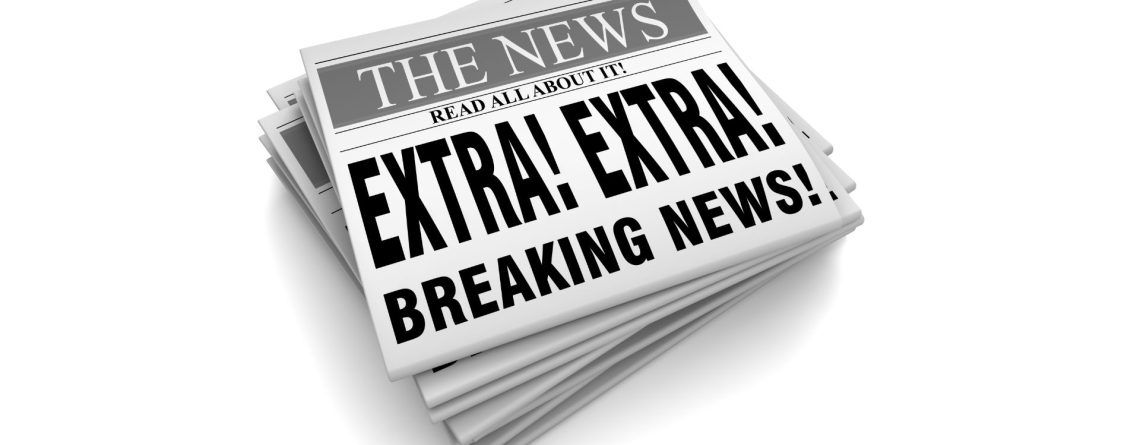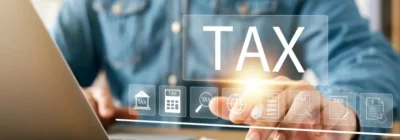New corrective self-assessments in VAT
Patrick Gordinne Perez2024-11-14T18:20:16+00:00Recently, Form 303 was amended to introduce the new VAT self-assessment correction system.
We have already tested it and it seems to be a good measure.
See what these changes mean…
New rectification system
Rectification of self-assessments
How to rectify a tax return until now (30/09/24): dual system
Until now, when a taxpayer detected an error in a self-assessment tax return already filed, the regulations established a dual system for rectifying and correcting the error:
Complementary Self-assessment
When the error was to the detriment of the Inland Revenue (because it meant a lower income or a higher amount to be offset or refunded than the correct amount), a complementary self-assessment rectification must be submitted.
Request for rectification of self-assessment
When the error was to the detriment of the taxpayer (for having paid too much or having requested a compensation or refund that was less than the correct amount), it was necessary to present a letter explaining the error, request its rectification and wait for the Treasury’s resolution.
The good thing is that the tax authorities could not tell you that you had not paid.
New system (from 01/10/24)
However, changes are currently being made to this procedure and, for the time being, it has been approved to modify it in the field of VAT, personal income tax, personal income tax and certain special taxes.
The aim is that, when a taxpayer wishes to rectify an error that has harmed him/her, instead of submitting a letter of rectification, he/she should submit a self-assessment rectification.
The bad thing now is that if the tax authorities review what you have modified and do not agree, they will impose a penalty and pay you interest.
First the VAT
Entry into force
These new rectifying self-assessments are being introduced progressively, and the first to enter into force is the VAT self-assessment [Order HAC/819/2024, DF Única] , which must already be used to rectify the self-assessment for the third quarter of 2024 and subsequent quarters (or for September 2024 and subsequent quarters in the case of monthly self-assessments).
However, the obligation to rectify VAT self-assessments in this way does not affect self-assessments for periods prior to these, which must be rectified using the same dual system as before (with complementary or letter of rectification).
Exceptions
However, there are cases in which, when an error that has harmed the taxpayer is to be corrected, the rectification must still be made in writing.
These are as follows :
- In the case of rectifications of VAT quotas that have been unduly passed on to other taxpayers.
- And in the case of rectifications of VAT quotas corresponding to transactions which have been covered by the special schemes for distance sales and certain domestic supplies of goods and services.
Infringement of a higher standard
Likewise, and optionally, it will continue to be possible to request the rectification of VAT in writing (instead of submitting a rectifying self-assessment) when this is requested because it has been considered that the regulations applied in the self-assessment violated some precept of a higher-ranking regulation (of the Spanish Constitution, European directives, international treaties, etc.), or when it has been considered that the regulations applied in the self-assessment violated some precept of a higher-ranking regulation (of the Spanish Constitution, of European directives, of international treaties, etc.).
In cases of infringement of higher rules, the presentation of supporting documentation is only possible if the rectification is requested in writing.
Thus, in such cases it is often more convenient to submit a written request than to submit a self-assessment rectification.
The amendment means that, from the outset, the taxpayer’s criteria is imposed.
Thus, the right to the refund requested will be recognised, or the payment of a lower debt than that initially included in the self-assessment.
Change in form 303
Can a VAT return already submitted be modified?
New boxes on Form 303
The new rectified VAT self-assessments are formalised through form 303 itself, in which new boxes and sections have been included.
The corrective self-assessment must reproduce the data of the initial return and must modify or add those necessary to reflect the result that would have been given if it had been filed correctly.
Identification
Firstly, on page 3, a new section 5 – called “Rectification” – has been introduced, which must be ticked, indicating also the number of the supporting document of the selfassessment to be rectified.
In addition, the reason for the rectification must be indicated.
There are two options:
Disagreement administrative criterion (0.01% of cases).
This reason will only be marked when the original self-assessment was filed applying an administrative criterion with which one does not agree (on how to interpret a specific rule), but without considering that this criterion violates a higher-ranking rule (legal, constitutional, European law, international conventions…).
Rectifications (99.99% of cases)
In the rest of the cases the option “Rectifications” will be ticked.
It may happen that the self-assessment rectification is submitted for both reasons at the same time. In this case, both boxes should be ticked.
Boxes 70 and 109
On the other hand, once the result of the rectifying self-assessment has been calculated (box 69), this amount:
- The result of the self-assessment initially submitted (box 70) will be subtracted.
- If the initially filed return was a refund and the tax authorities have already agreed the refund (and therefore the company has already collected it or will collect it imminently), the amount of the refund will be subtracted (box 109).
- The amount obtained after these operations will be the result of the amendment (box 71).
Boxes 73 and 111
A new box 111 has also been introduced so that, if the above result is a refund, it is possible to differentiate whether the refund is a request for undue income (box 111) or whether it derives from the tax regulations (box 73).
Remember that in the case of refunds of undue income, the tax authorities must pay interest for late payment.
Example 1 of a rectifying self-assessment
If the initial self-assessment resulted in an amount to be paid of 50,000 euros and the corrective self-assessment results in an amount to be paid of only 40,000 euros, the company must enter the 10,000 euros refund in its favour in box 111 (accruing interest as it is a refund of undue income).
Example 2 self-assessment rectification tax return
If the initial self-assessment resulted in a refund of 30,000 euros (because it was the last return of the year or because the company is registered in the REDEME) and the result of the corrective self-assessment is 35,000 euros in favour of the company, 5,000 euros must be entered in box 73 (in this case there will be no interest for late payment, as there has been no undue payment).
Rectification due to discrepancies
Different criterion to that of the Inland Revenue
As indicated above, the new VAT self-assessment corrections allow you to first submit a self-assessment following the criterion of the tax authorities and, if you do not agree with it, you can then submit an amendment applying the criterion you consider correct (to do this, when indicating the type of self-assessment correction you must tick the box “Discrepancy administrative criterion”).
In these cases, in addition, if there is any adjustment that cannot be introduced by modifying the boxes of the model, it is possible to modify the result upwards or downwards and include this adjustment in the new box 108 (for example, because the model does not allow the application of a VAT rate that the taxpayer considers to be correct).
In any case, the cases in which box 108 should be used will be very rare (the Inland Revenue considers that its completion should be extremely exceptional).
No penalty
It should be understood that, as was the case until now when a letter of amendment was submitted, if your company submits a self-assessment amendment indicating that it is a rectification due to discrepancies, the Tax Authorities cannot consider that there is fraud or fault and impose penalties for requesting a higher refund or a lower income.
If you have to rectify a VAT return for September or the third quarter of 2024 – or subsequent periods – in most cases you will no longer be able to file a letter. You will have to amend it by filing a corrective form 303.




